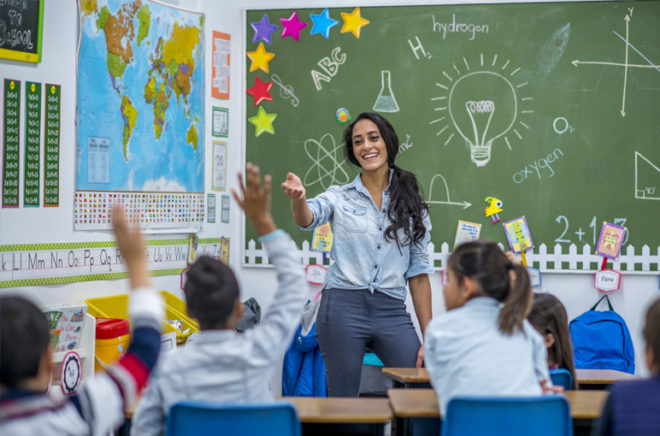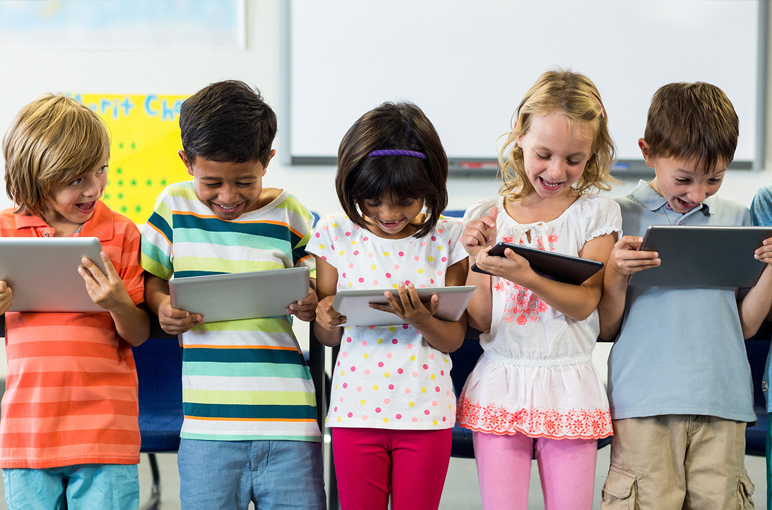With the advancement of the Internet, smartphones, free apps, tablets, laptops, and other modern media, things are becoming more and more digitalized in today’s society. The education system in India’s metros and other cities has also become refurbished to a big area, making way for digitalization. With a number of World schools coming up, digital classes are making its way into the education system of India and are taking the place of the regular classroom practice.

The primary difference between digital education and classroom education
Gone are those days when classroom instruction was limited to textbook knowledge, educators using the chalkboard to explain things and students writing down notes in copies. The conventional teacher-centered practices of teaching and task-based access to learning focused more on getting notes and memorization. However, it’s no more chalk and talks in most schools. Classroom teaching has become more and more interactive nowadays with the use of digital methods such as PPTs, video presentations, e-learning methods, online training and other digital systems or programs.
Writing will always carry an emotional value but necessarily makes way when it comes to the need to be active. The decline in script quality was blamed mostly on the lack of a place for it in the ordinary modern life, with the necessary to be able to reach several people and regularly edit documents quickly pressing.
Nowadays, for marketing matters and events that need speed, accuracy and cost-effectiveness or delivering to a wide public, a technology-based solution will always be the most helpful. But even if its value is reduced, it’s essential that people maintain their ability to interact without a full dependence on technology.

Benefits of teacher-led classroom training
- This is an effective way of performing a large amount of study element to students.
- It is a personal, face-to-face type of education.
- Everyone gets the same message at the same time.

Digital education benefit the child
With digital education, classroom teachings have become more fun and interactive. Children tend to be more alert. They are not only entertaining but also viewing it on the screen which makes their learning all the more powerful. Here, sounds and visuals go hand-in-hand which is easy for the child to understand.
Attention to details: Interactive online offerings or practical assemblies in educational content through interactive screen time help the students to pay more attention to details which enable them to develop their exercises on their own.
Quick conclusion: Using tabs, laptops or notepads, instead of pens and pencils, motivates children to complete their tasks quickly.
Vocabulary: Active online screen time helps students develop language skills. By reading eBooks or accessing study materials online, they learn new words and expand their vocabulary.
Learn at his pace: Many times, a student hesitates to ask a question to his teacher in classroom training. But with digital education, even if he does not understand anything at one go, he can attend the recorded sessions to clear his doubts. Technology allows a student to learn at his own pace.
User-friendly: The best thing about digital education is that it is user-friendly. You can very well access your curriculum wherever you are. You can learn on the go. Even if you miss certain characters, you can reach the class notes and download files from the school website.











